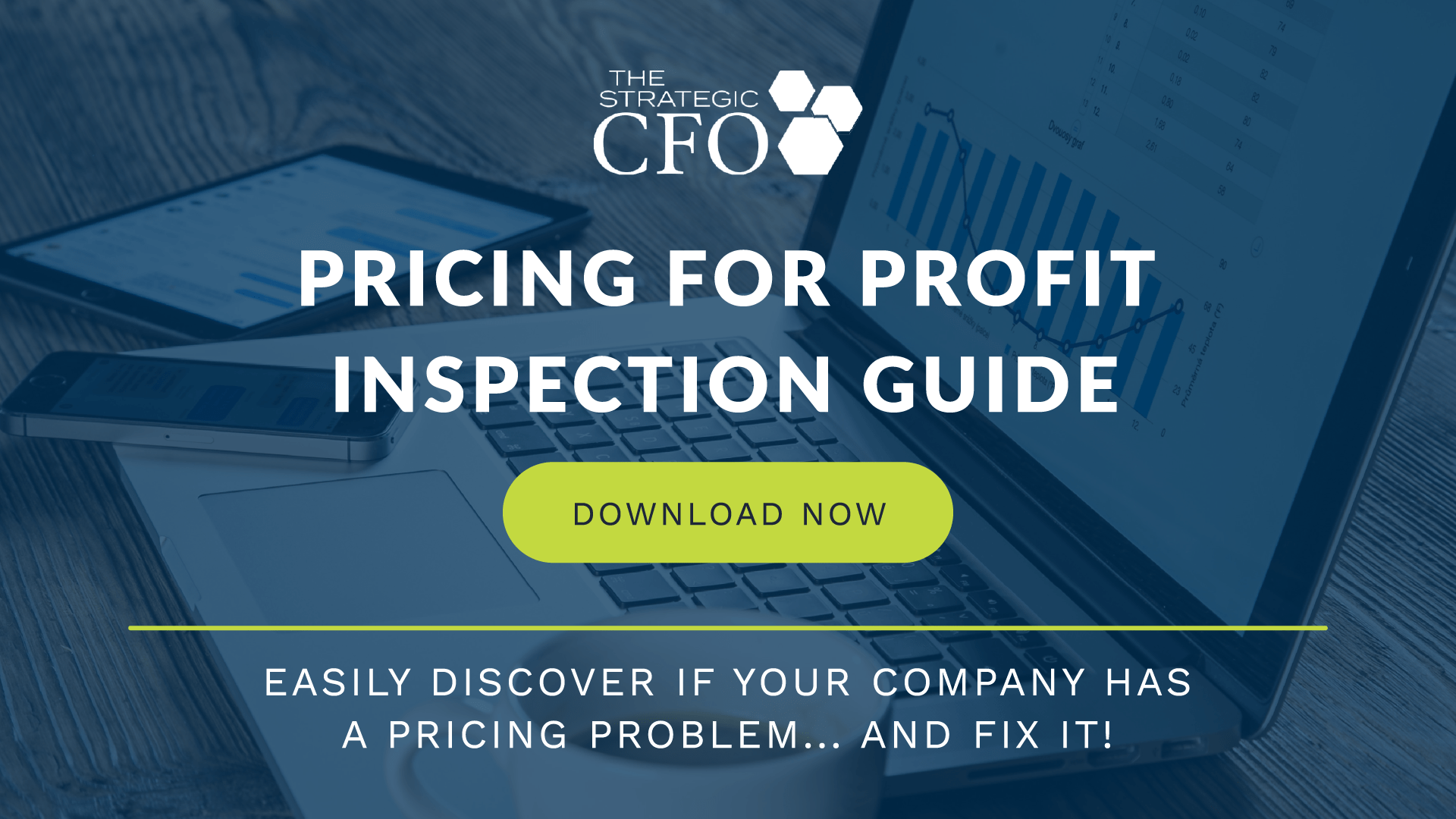See Also:
Cost of Capital
Cost of Capital Funding
Arbitrage Pricing Theory
APV Valuation
Capital Budgeting Methods
Discount Rates NPV
Required Rate of Return
Capital Asset Pricing Model (CAPM)
The most popular method to calculate cost of equity is Capital Asset Pricing Model (CAPM). Why? Because it displays the relationship between risk and expected return for a company’s assets. This model is used throughout financing for calculating expected returns for assets while including risk and cost of capital.
Cost of Equity
Also known as the required rate of return on common stock, define the cost of equity as the cost of raising funds from equity investors. It is by far the most challenging element in discount rate determination.
[button link=”https://strategiccfo.com/pricing-for-profit-inspection-guide?utm_source=wiki&utm_medium=button%20cta” bg_color=”#eb6500″]Download The Pricing for Profit Inspection Guide[/button]
Calculating Capital Asset Pricing Model (CAPM)
The Capital Asset Pricing Model (CAPM) states that the expected return on an asset is related to its risk as measured by beta:
E(Ri) = Rf + ßi * (E(Rm) – Rf)
Where
E(Ri) = the expected return on asset given its beta
Rf = the risk-free rate of return
E(Rm) = the expected return on the market portfolio
ßi = the asset’s sensitivity to returns on the market portfolio
E(Rm) – Rf = market risk premium, the expected return on the market minus the risk free rate.
Expected Return of an Asset
Therefore, the expected return on an asset given its beta is the risk-free rate plus a risk premium equal to beta times the market risk premium. Beta is always estimated based on an equity market index. Additionally, determine the beta of a company by the three following variables:
- The type business the company is in
- The degree of operating leverage of the company
- The company’s financial leverage
Risk-Free Rate of Return
Short-term government debt rate (such as a 30-day T-bill rate, or a long-term government bond yield to maturity) determines the risk-free rate of return. When cash flows come due, it is also determined. Define risk-free rate as the expected returns with certainty.
Risk Premium
Additionally, risk premium indicates the “extra return” demanded by investors for shifting their money from riskless investment to an average risk investment. It is also a function of how risk-averse investors are and how risky they perceive investment opportunities compared with a riskless investment.
Cost of Equity Calculation
For example, a company has a beta of 0.5, a historical risk premium of 6%, and a risk-free rate of 5.25%. Therefore, the required rate of return of this company according to the CAPM is: 5.25% + (0.5 * 6%) = 8.25%
Download the free Pricing for Profit Inspection Guide to learn how to price profitably.

[box]Strategic CFO Lab Member Extra
Access your Strategic Pricing Model Execution Plan in SCFO Lab. The step-by-step plan to set your prices to maximize profits.
Click here to access your Execution Plan. Not a Lab Member?
Click here to learn more about SCFO Labs[/box]

Originally published by Jim Wilkinson on July 23, 2013.





















